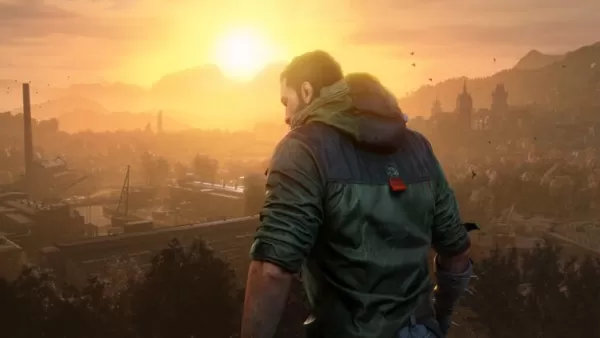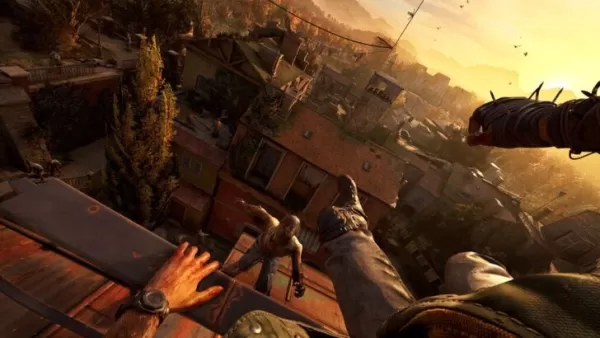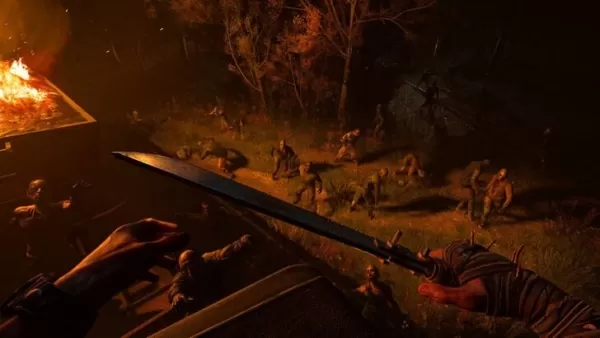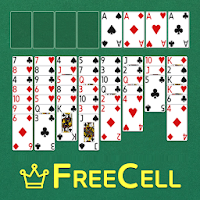
Dying Light: The Beast is setting its sights on becoming one of the “most dense open-world games” available today—a bold claim from franchise director Tymon Smektala that shifts the spotlight away from map size and onto immersive, action-packed design.
A New Vision: Density Over Distance

In an era where open-world games often compete on sheer scale, Dying Light: The Beast dares to challenge the status quo. Director Tymon Smektala emphasizes that true immersion doesn’t come from vast empty spaces—but from a world that keeps players constantly engaged. Speaking with GamesRadar+, Smektala clarified that Techland isn't trying to match the sprawling maps of titles like Cyberpunk 2077 or Grand Theft Auto V. Instead, the focus is on density—delivering a tightly packed, interconnected environment where every corner of Castor Woods offers something meaningful.
“Open worlds are not about scale,” Smektala stated. “They’re about your feeling of being there.” This philosophy represents a deliberate evolution from Dying Light 2, which, despite selling five million copies in its first month, faced criticism from longtime fans for prioritizing accessibility over the raw intensity that defined the original.
Learning From the Past, Building the Future
Smektala acknowledged past missteps openly: “Maybe we made some missteps.” He recognized that in aiming for a broader AAA audience, the sequel may have diluted the core elements that made the first game so compelling. With The Beast, Techland is making a clear course correction—balancing high production values with the visceral, fast-paced gameplay fans love.
Castor Woods, the game’s central map, may not cover 80 square kilometers like Elden Ring, nor even match the modest scale of Dying Light 2. But what it lacks in size, it makes up for in intensity. Every area—from abandoned hotels and collapsed city streets to overgrown national park trails—is meticulously crafted to ensure players remain immersed and active at all times.
“In a lot of open-world games, there’s hubs of activity and in-between them, not much is really happening,” Smektala explained. “We were trying to make Dying Light games where you are constantly playing, constantly interacting with the controller, constantly pushing buttons.”
Designed for Immersion, Built for Parkour
As shown in the “Explore Castor Woods” Behind the Beast video, the environment is a decaying urban jungle teeming with danger and opportunity. True to the series’ roots, parkour remains central to exploration—encouraging fluid movement through tight spaces, vertical climbs, and high-speed rooftop escapes. Zombies aren’t just background noise; they’re a constant threat, reinforcing the need for vigilance and agility.
But density here goes beyond enemy placement—it’s about maintaining the player’s flow state. “You are constantly looking around you, constantly in the zone, in the feeling of it all,” Smektala said. The goal is seamless engagement: no filler, no downtime, just relentless action that feels authentic to the Dying Light identity.

Ultimately, Smektala hopes The Beast strikes the perfect balance between the polish of a modern AAA title and the gritty, adrenaline-fueled spirit of the original. “We want to deliver both,” he emphasized. “The AAA quality, and proof that our mojo is not gone—that we know what makes Dying Light, Dying Light.”
If early promises hold true, players who fire up Dying Light: The Beast on August 22 won’t be measuring success by kilometers—but by how deeply the world pulls them in. For more updates, stay tuned to our ongoing coverage. [ttpp]















